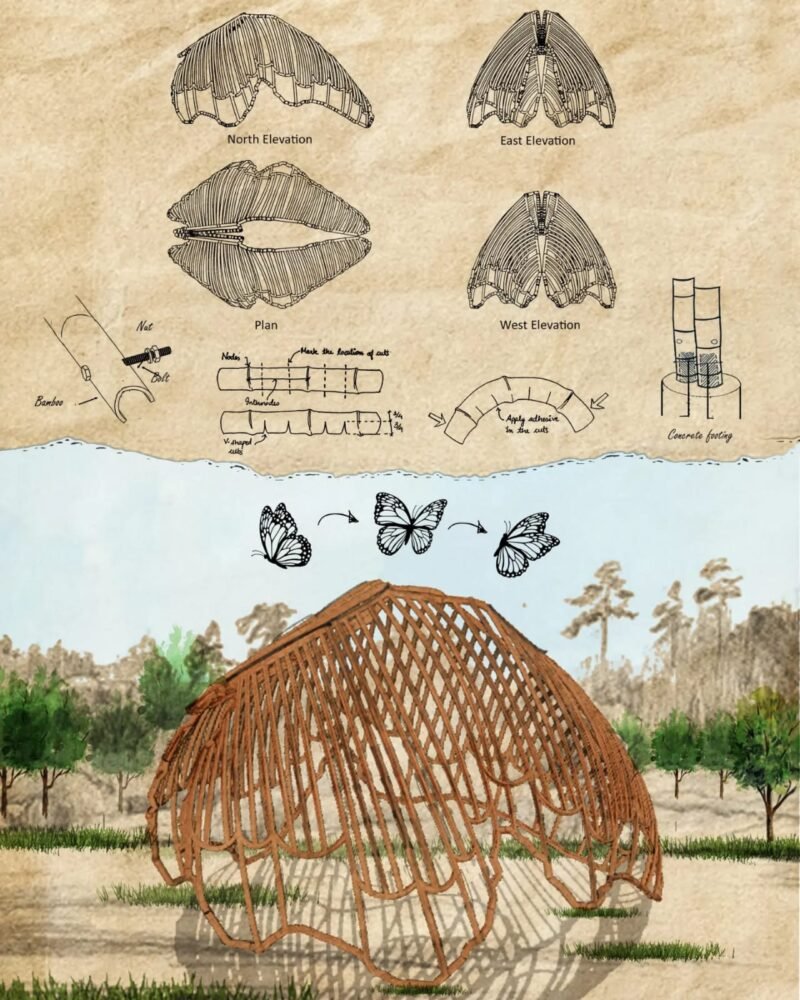by Farman Ali
Islamabad: Climate change is an urgent global issue affecting all living beings. Pakistan, one of the most impacted countries, faces devastating floods during the monsoon season that displace millions and damage infrastructure. This crisis has prompted architects, artists, and environmentalists to express their concerns and seek sustainable solutions.
In an inspiring collaboration, a husband-and-wife architect duo, Syeda Hafsah Fatima and Syed Warris Hussain and visual artist Amelia Ilyas came together to create sustainable designs and sculptors that address the pressing issue of climate change. The exhibition highlighted the intersection of architecture, art, and environmental responsibility, showcasing how creativity can lead to impactful solutions for our planet.
During the two-week ‘’Sustainable Design residency at Daastangoi Gallery’’ last month they presented innovative sculptures using eco-friendly materials like bamboo and jute.
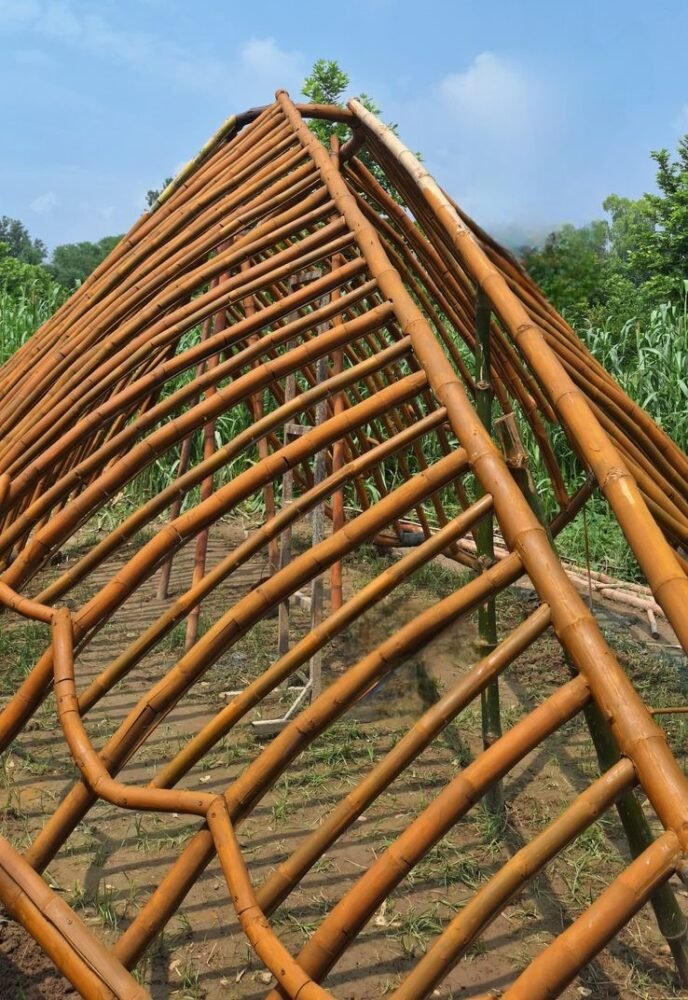
The architect duo, known for their pioneering work in sustainable design, have integrated eco-friendly materials like bamboo into their architectural concepts. Their designs not only minimize environmental impact but also enhance the aesthetic appeal of urban spaces.
The architects, co-founders of Archlore, a Karachi-based eco-friendly design startup, showcased a giant sculpture ‘Papillon Pavillion’, a biomorphic structure inspired by a butterfly’s flight. This piece symbolises the potential of bamboo, a material often overlooked in Pakistan. Drawing inspiration from Allama Iqbal’s verse, they demonstrated bamboo’s strength and versatility as a contemporary construction material.
“نہیں ہے ناامید اقبال اپنی کشت ویراں سے
ذرا نم ہو تو یہ مٹی بڑی زرخیز ہے ساقی”
(Iqbal has not given up hope on his deserted lands; With a little dew, O cupbearer! This soil is very fertile)
These lines encapsulate the architects’ belief in the transformative potential of bamboo. They see it as a metaphor for hope and resilience, much like the butterfly’s metamorphosis.
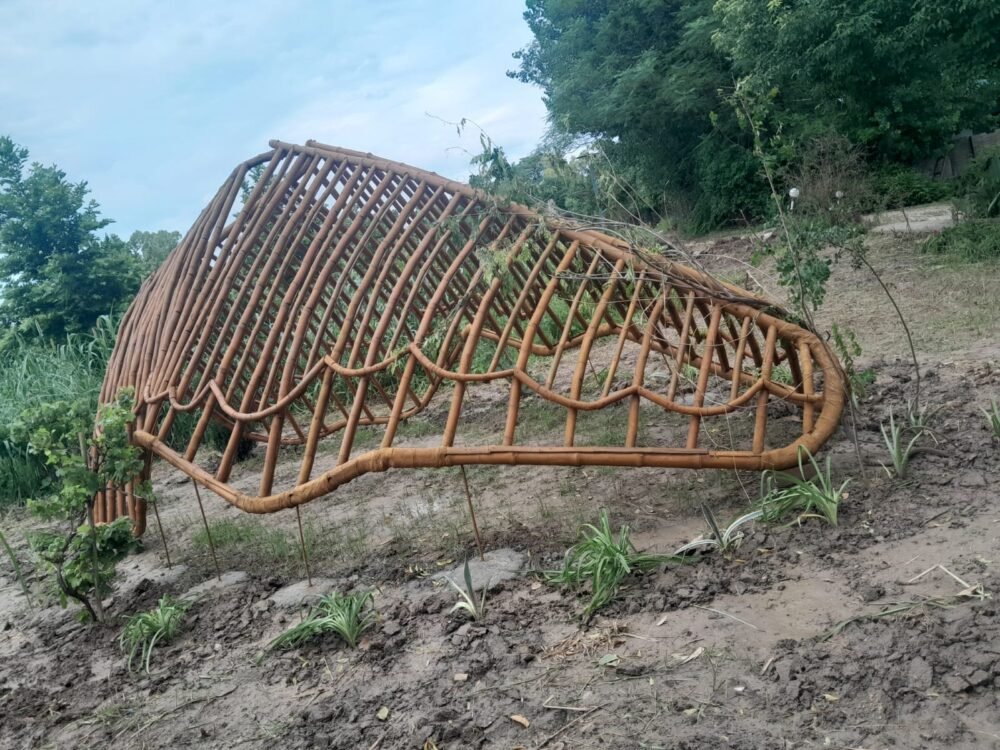
For Fatima eco-friendly architecture is one that is sustainable and does not come at the cost of the environment. She believes that the term ‘good architecture’ should be synonymous with the term eco-friendly, especially considering the catastrophes brought by climate change around the world and in our country. Eco-friendly architecture doesn’t just become a part of nature, it plays a part in preserving it.
She believes that “architecture is an art and like all art, it should display emotion and should connect with its users on a spiritual level. For a successful design, according to Fatima, an architect must consider the present and future needs, moods, traditions and wishes of its users.
Through Archlore, they promote bamboo as a sustainable alternative for modern construction and train young people in its use. Their projects range from bamboo furniture to play structures and even schools for underprivileged communities. One of their most significant initiatives to build 600 shelters for flood-affected people in Sindh.
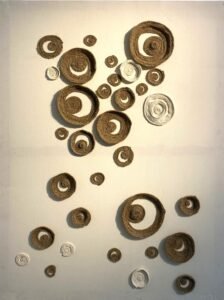
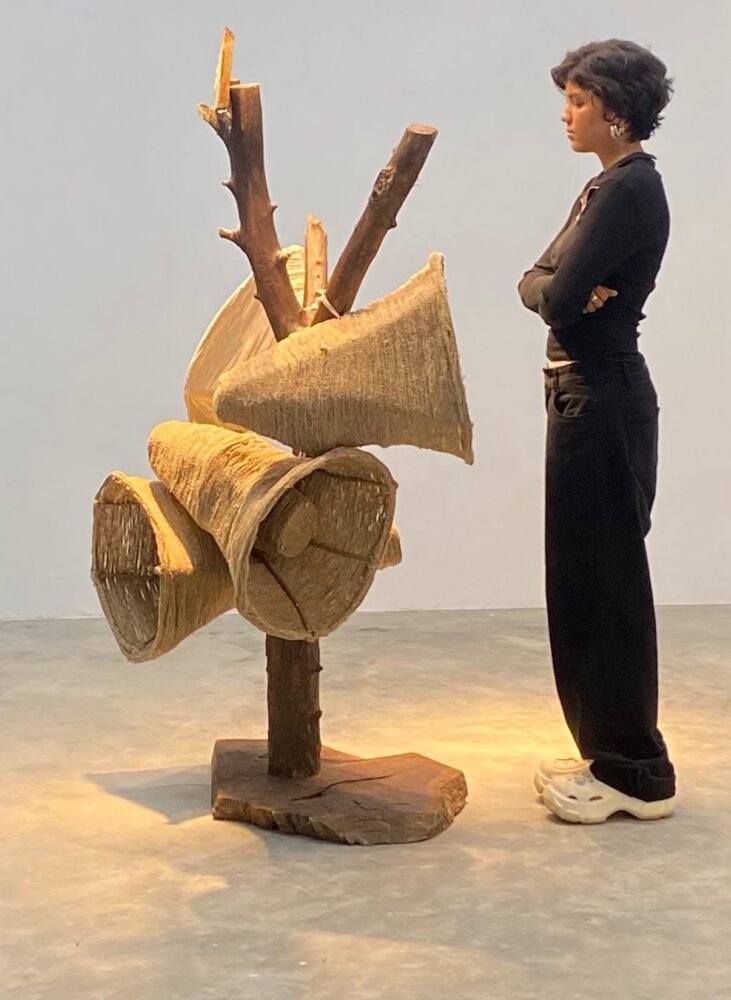
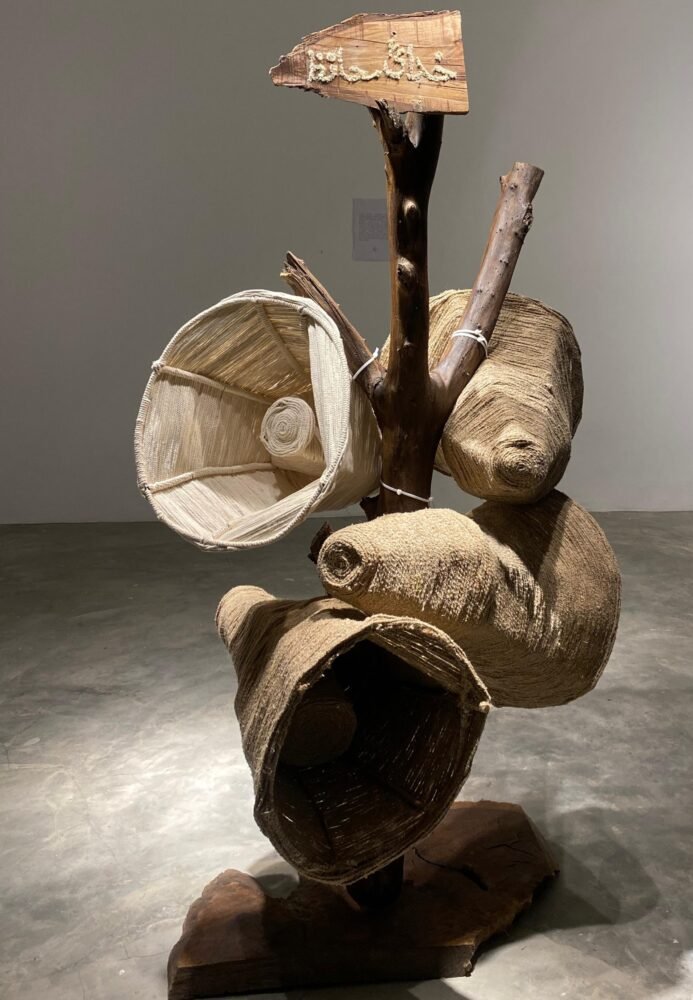
Amelia Ilyas, a visual artist and sculptor, uses her work to explore themes of existence and societal issues.
During the residency, she created two sculptures titled Khudai Muhafiz, inspired by the powerful symbol of mosque loudspeakers. These pieces amplify the call for environmental action, urging religious institutions in Pakistan to lead the fight against climate change.
Amelia believes that if these influential institutions advocate for sustainable practices, collective action will follow.
Her second piece, jute rings on canvas, reflects the interconnected yet fragmented nature of human relationships and societal decay. She highlights how different communities, though facing common challenges like climate change, remain divided by societal discord and biases.
The residency at Daastangoi has not only been a creative endeavour but also a reconnection with nature for the artists. It has sparked discussions on the potential of sustainable materials like bamboo in addressing climate challenges while promoting aesthetic and functional design.

The High Asia Herald is a member of High Asia Media Group — a window to High Asia and Central Asia

